New York’s Museum of Modern Art (MoMA) is one of the largest and most important modern art museums in the world. Its collection is made up of nearly 200,000 works and includes some of the best examples of Western contemporary art. But art is subjective and our opinions can vary wildly about what is beautiful and what is not. As the saying goes, “Art, like beauty, is in the eye of the beholder.” I find that to be especially true of modern art. It pushes boundaries and challenges our perceptions. Some pieces leave me perplexed, especially mixed media sculptures. But many of the paintings are enchanting. These are some of my favorite masterpieces at the MoMA. Which are yours?
The Persistence of Memory by Salvador Dali
I first saw this painting at a Dali exhibition when I was in college and liked it ever since. The surreal melting clocks remind me that time is fleeting and therefore precious. Dali’s inspiration was supposedly an oozing wedge of Camembert cheese. It makes me want to plan a picnic by the sea.
Les Demoiselles d’Avignon by Pablo Picasso
This painting shook the art world when it was unveiled in 1916. It depicts five naked women – prostitutes in a brothel – with stark angles and unladylike poses. Picasso broke with tradition and created a style we now know as Cubism. Critics and even Picasso’s friends were appalled, but that soon turned into fascination and a new art movement was born.
The Starry Night by Vincent Van Gogh
This is surely one of the most famous paintings in the world. It was inspired by the view from van Gogh’s room at the asylum, where he stayed for a year after notoriously cutting off his own ear. The painting is dominated by a vivid night sky and towering cypress tree, supposedly evocative of van Gogh’s mental anguish. But I don’t feel his pain when I look at it. Rather, the rich blues and picturesque village seem dreamy instead of sorrowful.
Dance (I) by Henri Matisse
I am drawn to Matisse for his bold use of color. His early works are vividly detailed portraits and landscapes, but in the Dance, Matisse dared to pare back his composition. He attributed this breakthrough to advancements in photography, which in turn gave painters more artistic leeway since they no longer needed to replicate every detail. That sense of freedom is fully realized in the Dance, the women frolicking with abandon.
I and the Village by Marc Chagall
I was first turned onto the work of Marc Chagall at a small museum in Liepaja, Latvia which was hosting an exhibition of his lithographs. With vibrant colors and soft lines, Chagall creates fantasy worlds heavily inspired by his native Belarussian folklore. He painted I and the Village in 1911 soon after moving to Paris and was inspired by the new style of Cubism.
The Sleeping Gypsy by Henri Rousseau
Rousseau was a humble tax collector in Paris who taught himself to paint in his free time. He probably would have disappeared into obscurity if Picasso and Matisse had not recognized his genius and given their support. Although Rousseau seems to have never travelled outside of France, many of his paintings feature jungles and other exotic locales. In the Sleeping Gypsy, a lion sniffs a woman in a stark desert landscape. You might recognize it from an episode of the Simpsons – Homer dreams that he wakes up inside the painting and the lion licks his head.
False Mirror by Rene Magritte
As you stare into the eye’s cerulean sky, you can’t help but wonder if you are looking at the painting or if it is looking at you. Displayed high on a wall at the MoMA, its gaze seems to follow you around the room. Magritte is a master of challenging our perceptions of reality, flipping everyday objects on their heads with often humorous results. His most famous motifs are bowler hats, green apples, and (my favorite) clouds. I could spend all day at the Magritte Museum in Brussels, which has the largest collection of his paintings in the world.
Hope II by Gustav Klimt
This painting comes from Klimt’s “Golden Phase” in which he was heavily influenced by Byzantine mosaics. It features a pregnant woman in a colorful dress adorned with gold leaf. The unborn child represents hope for the future while the skull symbolizes the inevitability of death.
Water Lilies by Claude Monet
When Impressionism debuted in the 19th century, the traditional art world turned up its nose. Now, of course, it’s hard to believe that Monet was ever considered anything but a master. He preferred plein air landscape painting to the traditional confines of the studio, often painting the same scene over and over to capture the changing light and seasons. As a result, Monet left behind 40 large panels featuring his beloved Giverny garden. The MoMA has a triptych of water lilies floating in an iridescent pond, the relaxing scene encircling half a room. More of the panels from this collection can be found at the Musee d’Orsay in Paris, the Cleveland Museum of Art, and the Metropolitan Museum of Art, among others.
Gold Marilyn Monroe by Andy Warhol
Marilyn Monroe’s death in 1962 shook the world. Warhol began painting her soon after, using a publicity photo from one of her movies. He silk-screened her portrait dozens of times onto canvases of many different colors, but only one was gold. It seems to canonize Marilyn like an ancient religious icon while hinting at her tragic vulnerability. You won’t be able to look away.
Campbell’s Soup Cans by Andy Warhol
When Warhol debuted his 32 Campbell’s Soup Cans in the early 1960s, the work was mocked for its supposed consumerism. But when asked about his inspiration, Warhol said that there was no hidden meaning: he simply had soup every day for lunch. And just like that, the Pop Art movement was born.
OOF by Edward Ruscha
This painting might not be considered a masterpiece in the traditional sense, but it’s one of my favorite pieces at the MoMA. It is humorous in a “comic book punch” sort of way, and it’s impossible to look at those perfectly shaped letters and not say the word out loud. Ever since I first saw this painting, “oof” has become one of my most-used exclamations. It perfectly conveys the feeling you get when you burn the toast or trip over the cat.
Since the collection is so large, be sure to check the MoMA website to see what is currently on display.
Which of these masterpieces at the MoMA is your favorite?
PIN this guide for future reference!
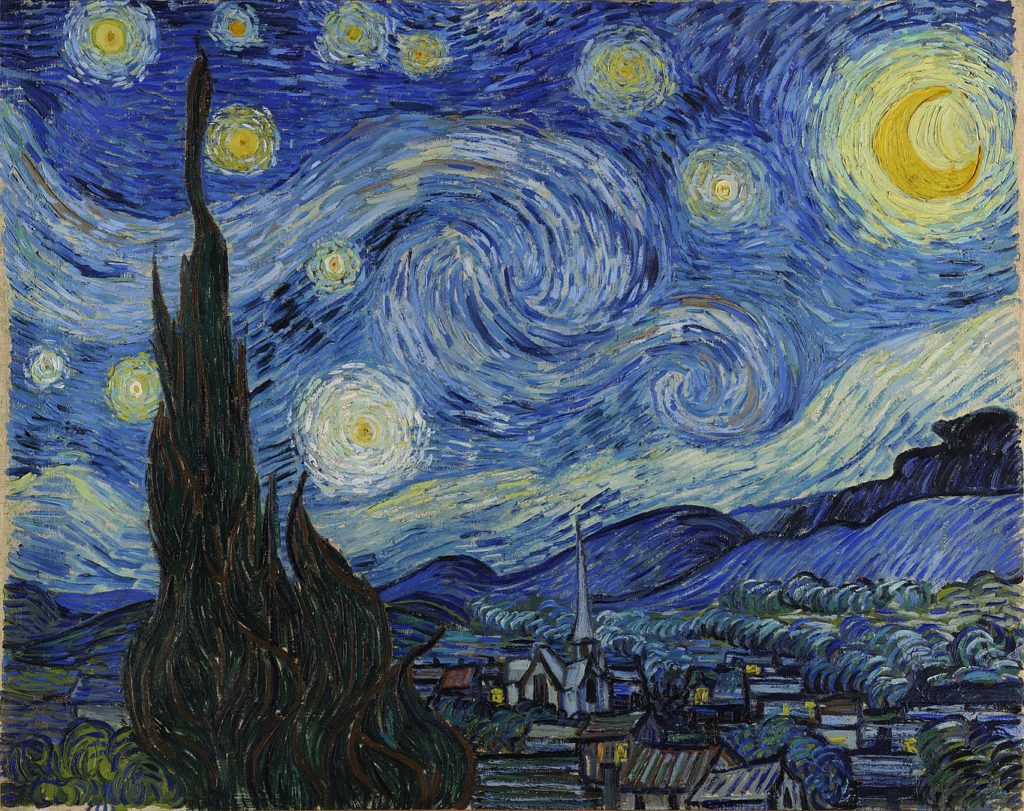
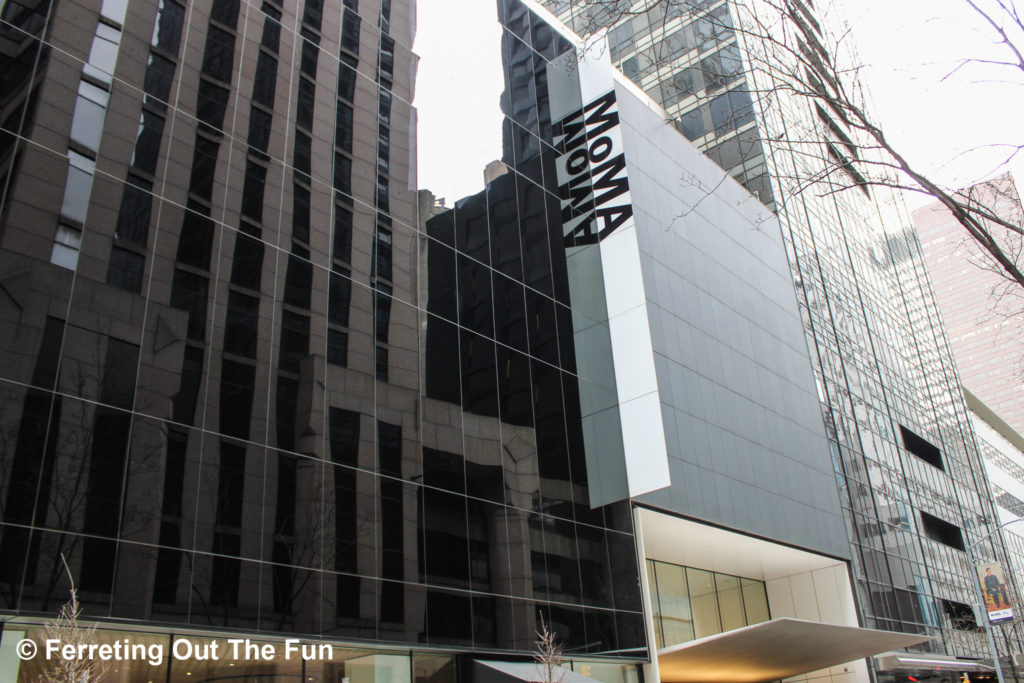
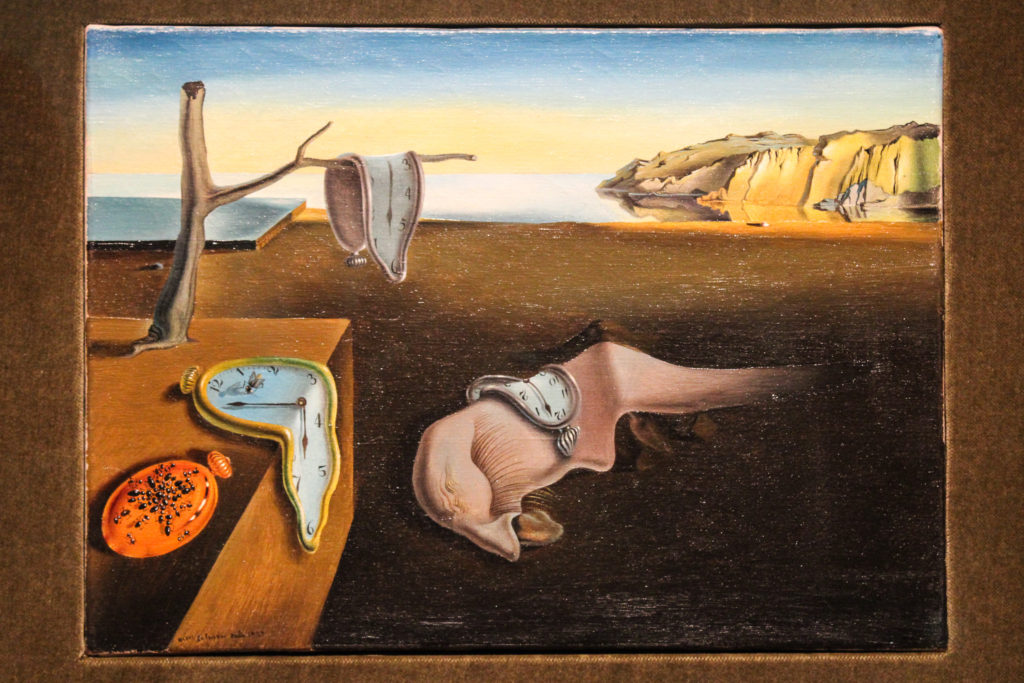
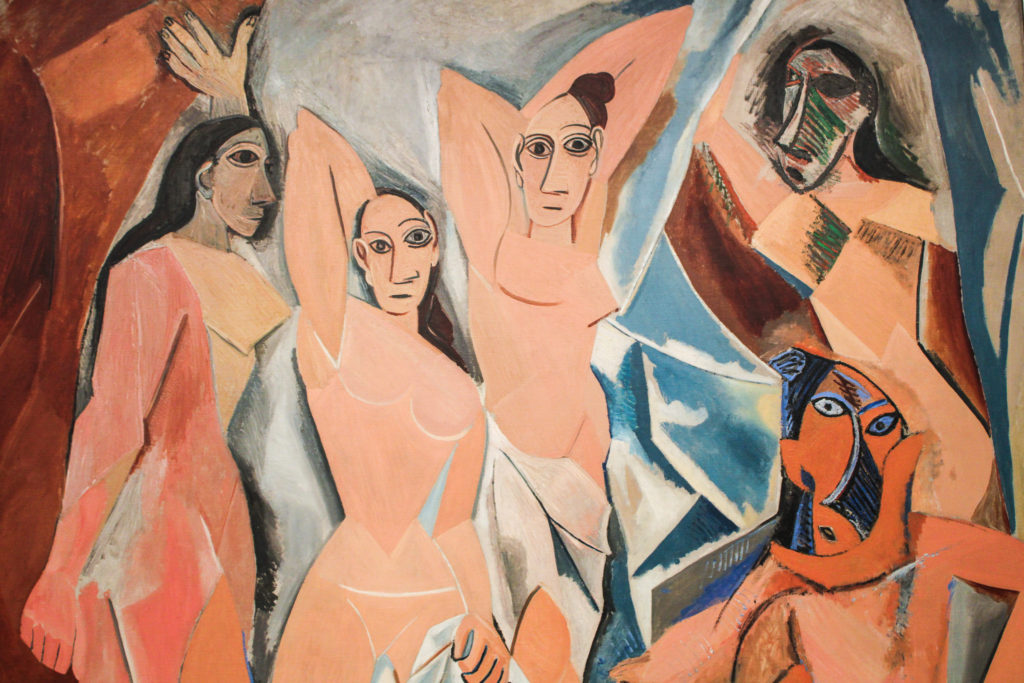
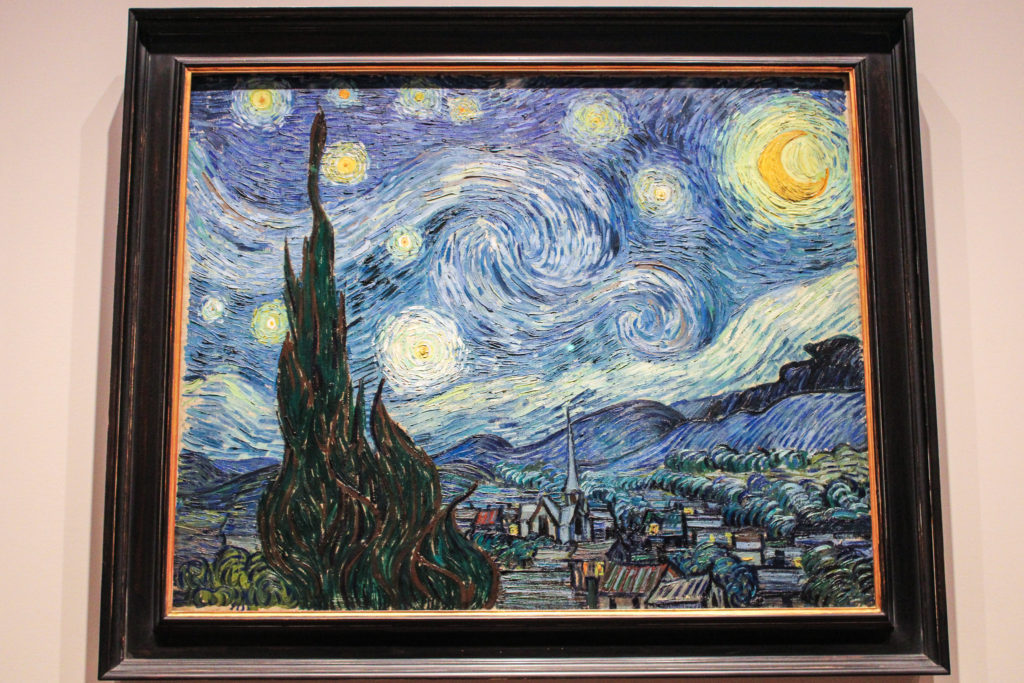
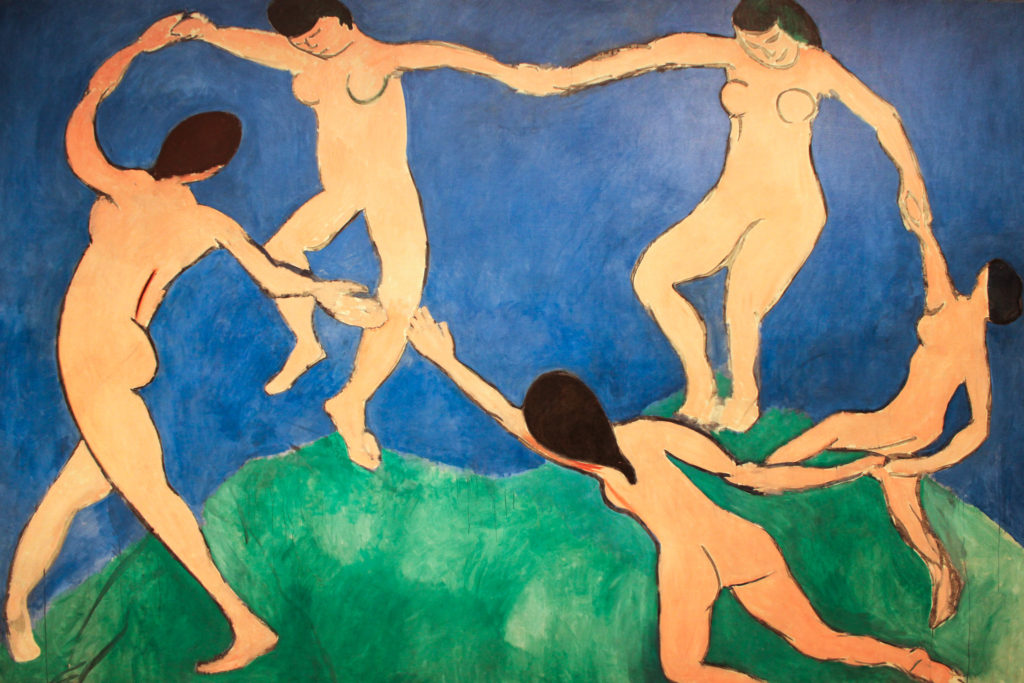
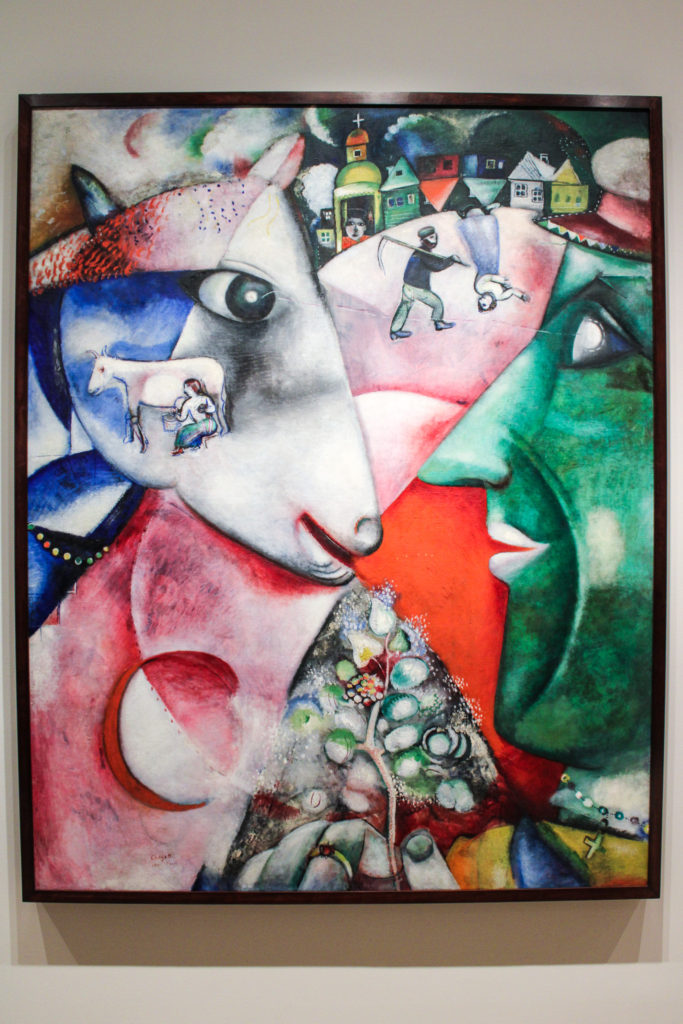
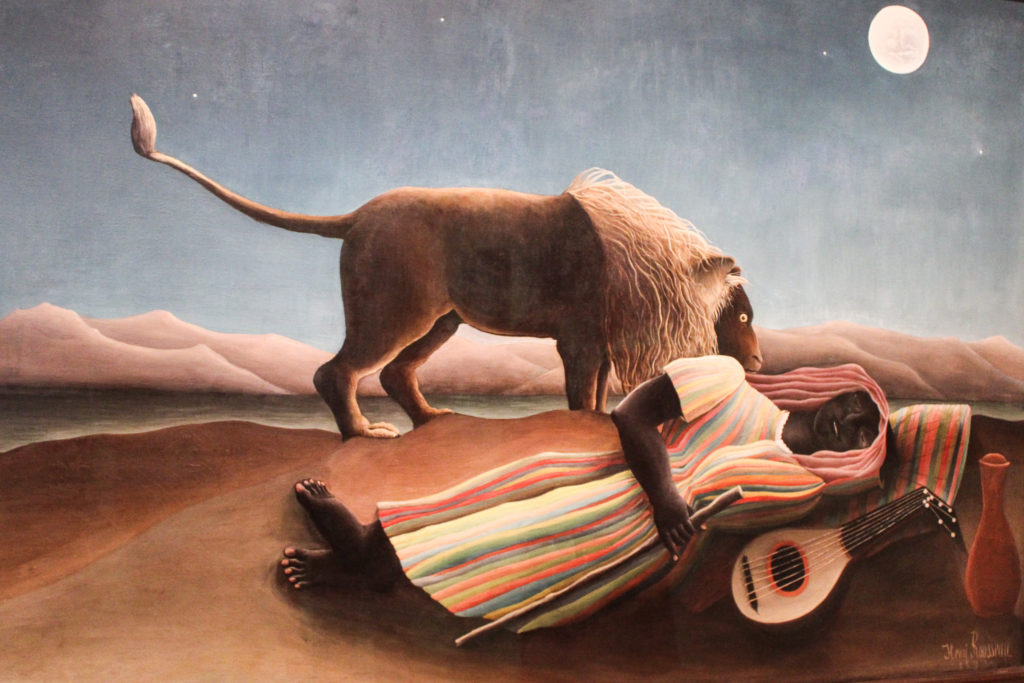
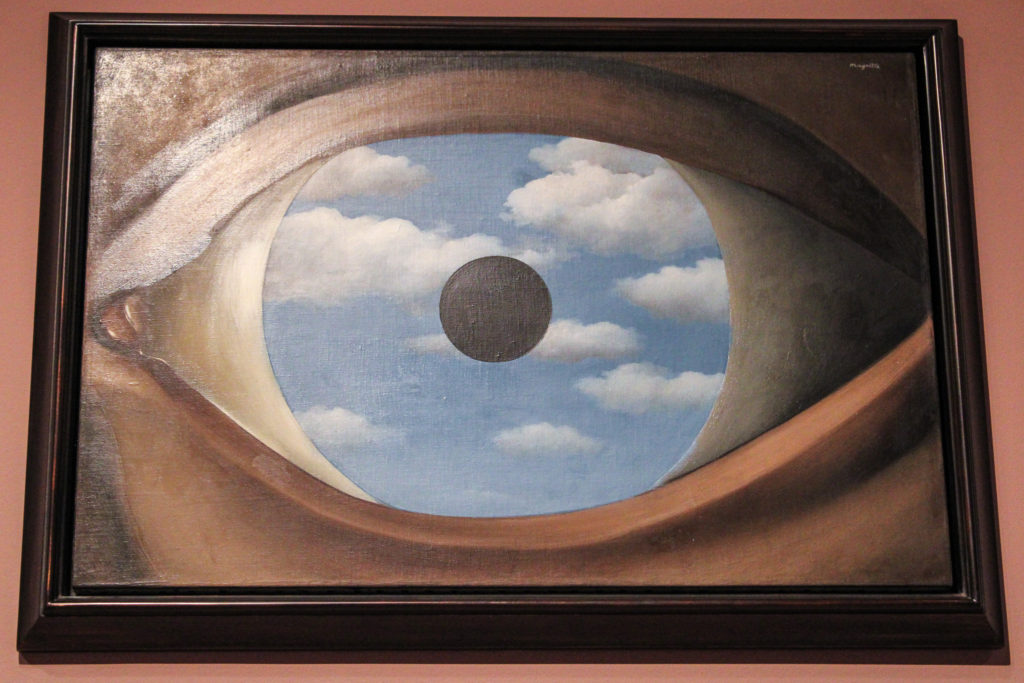
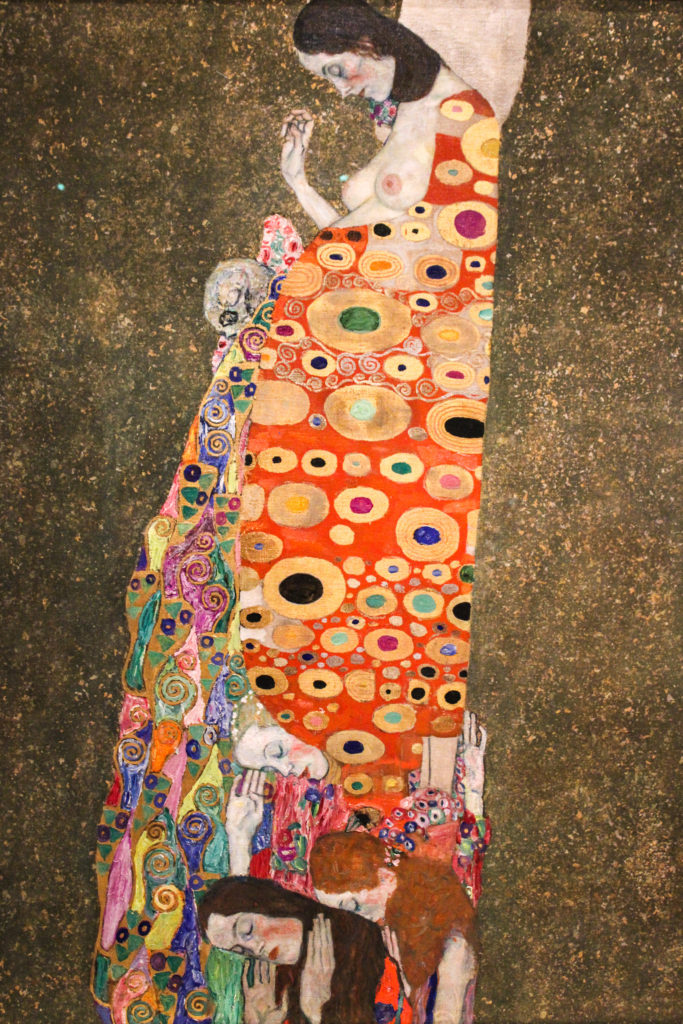
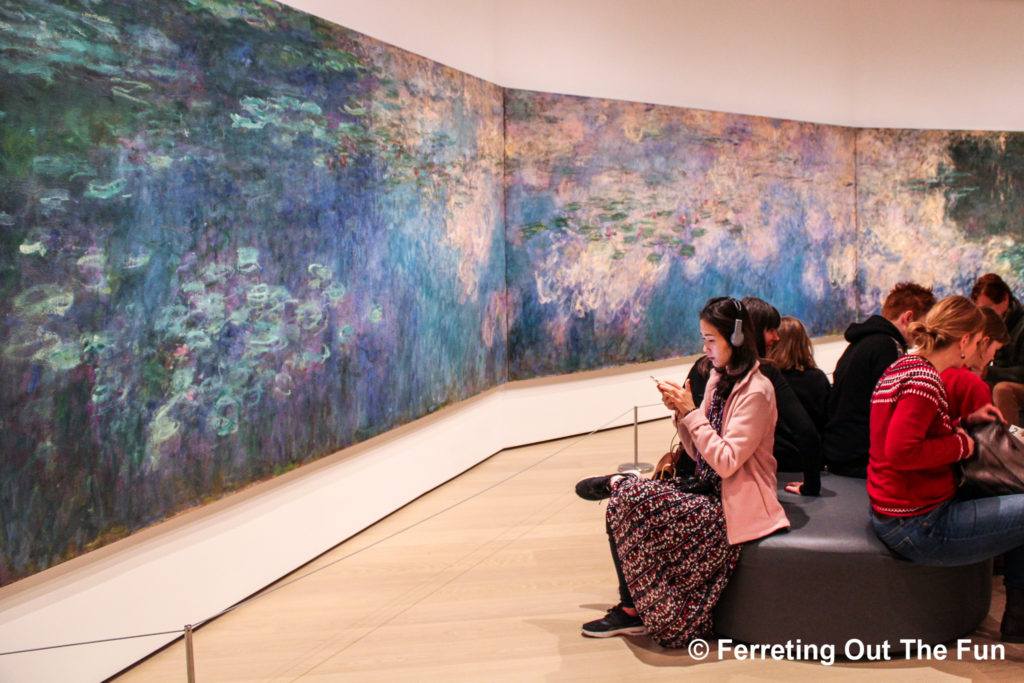
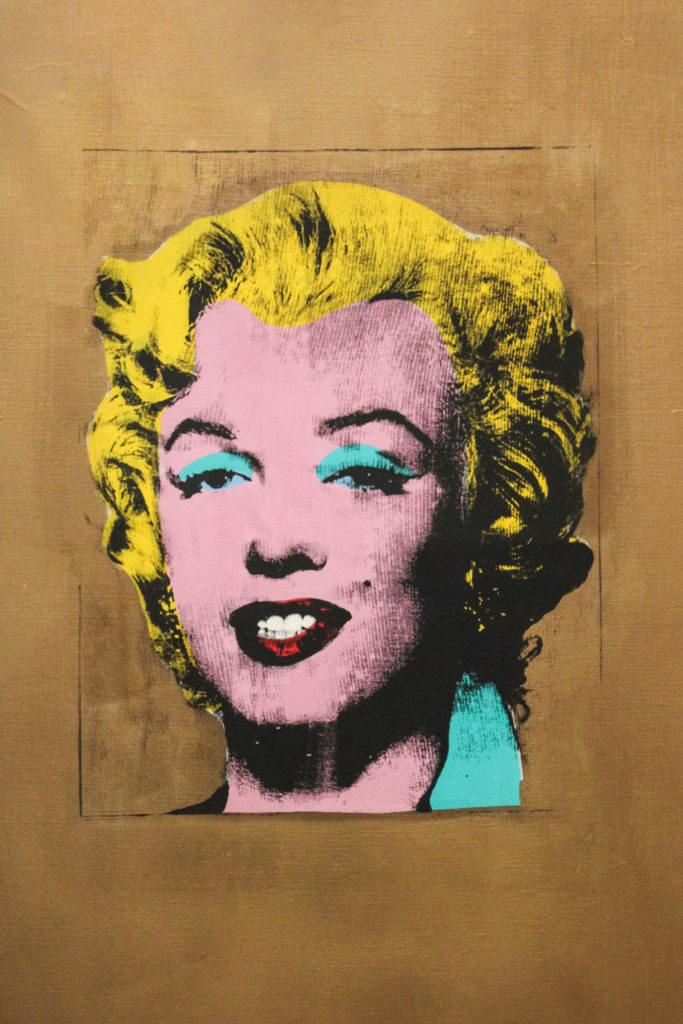
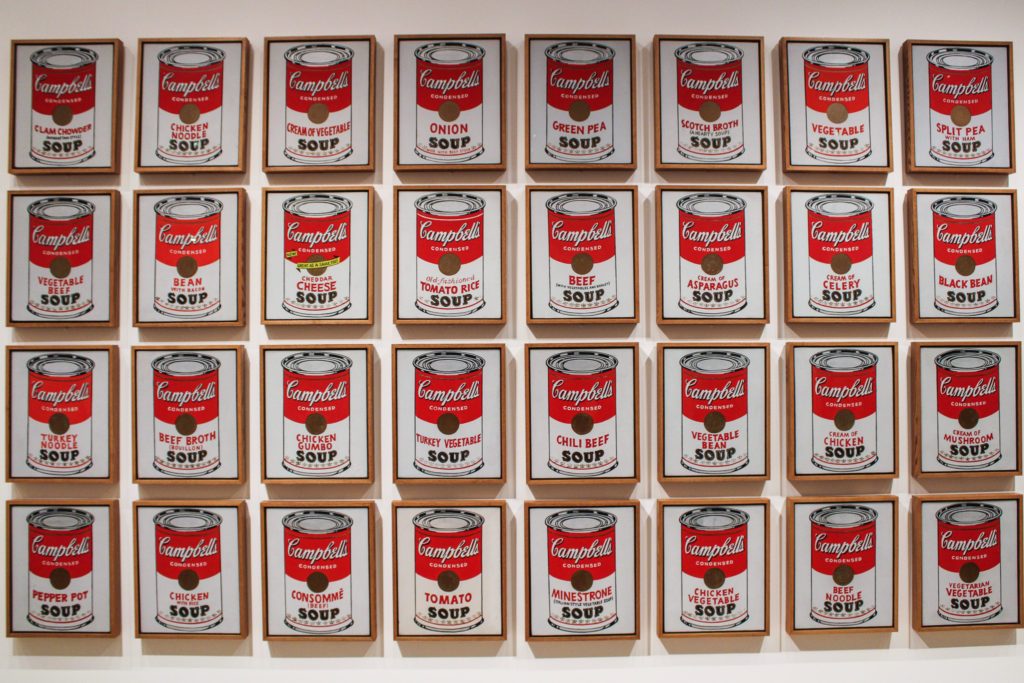
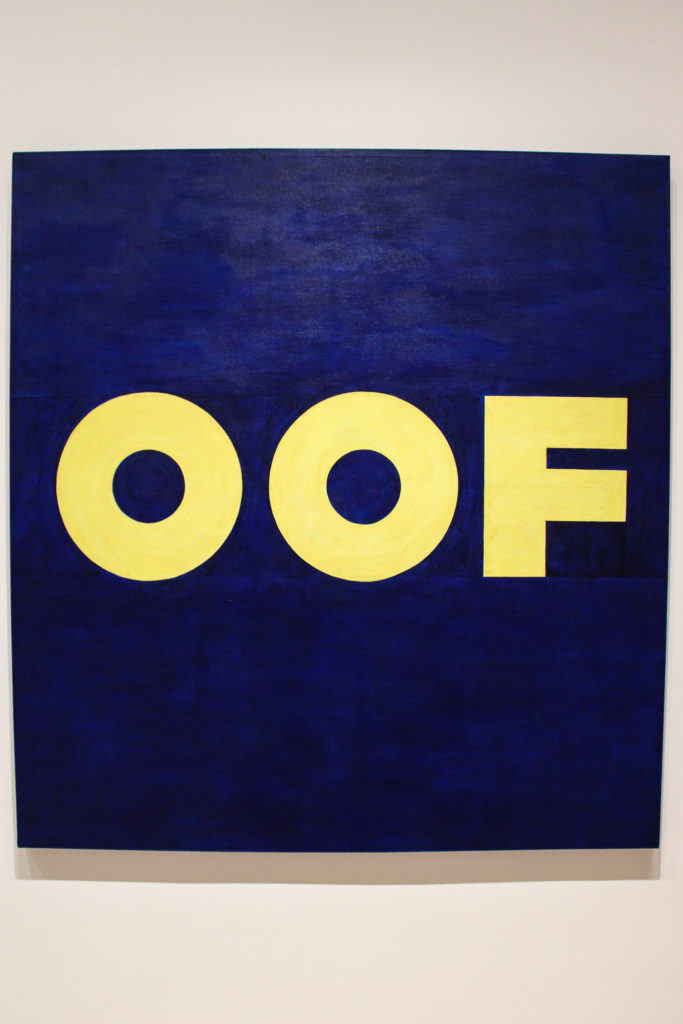
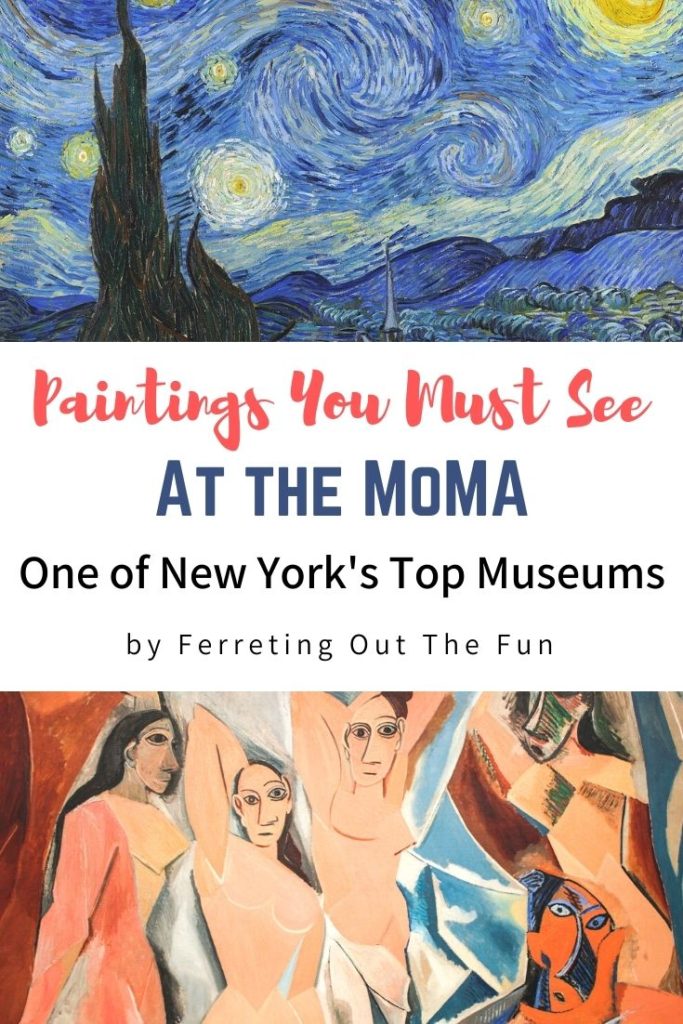
Leave a Reply